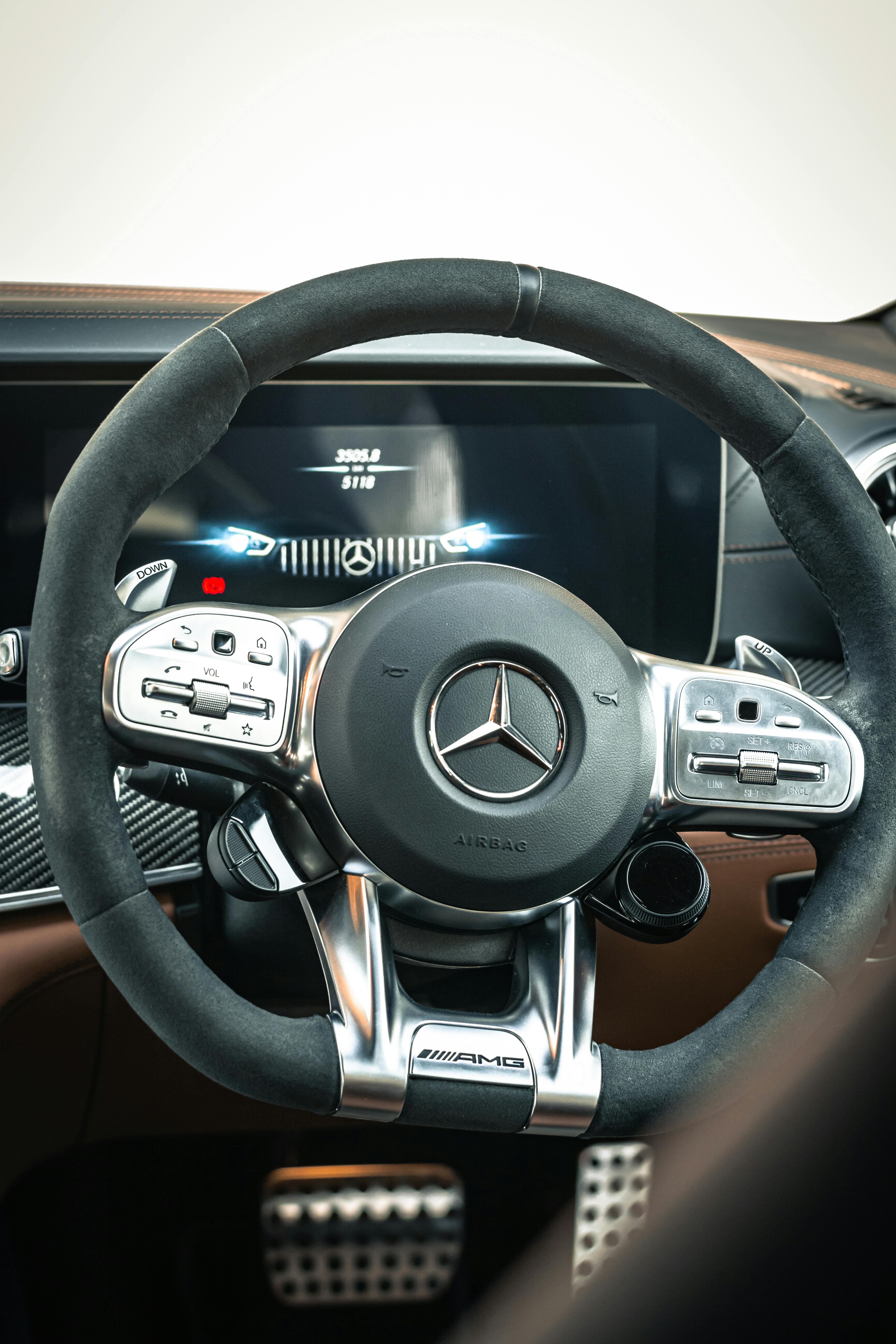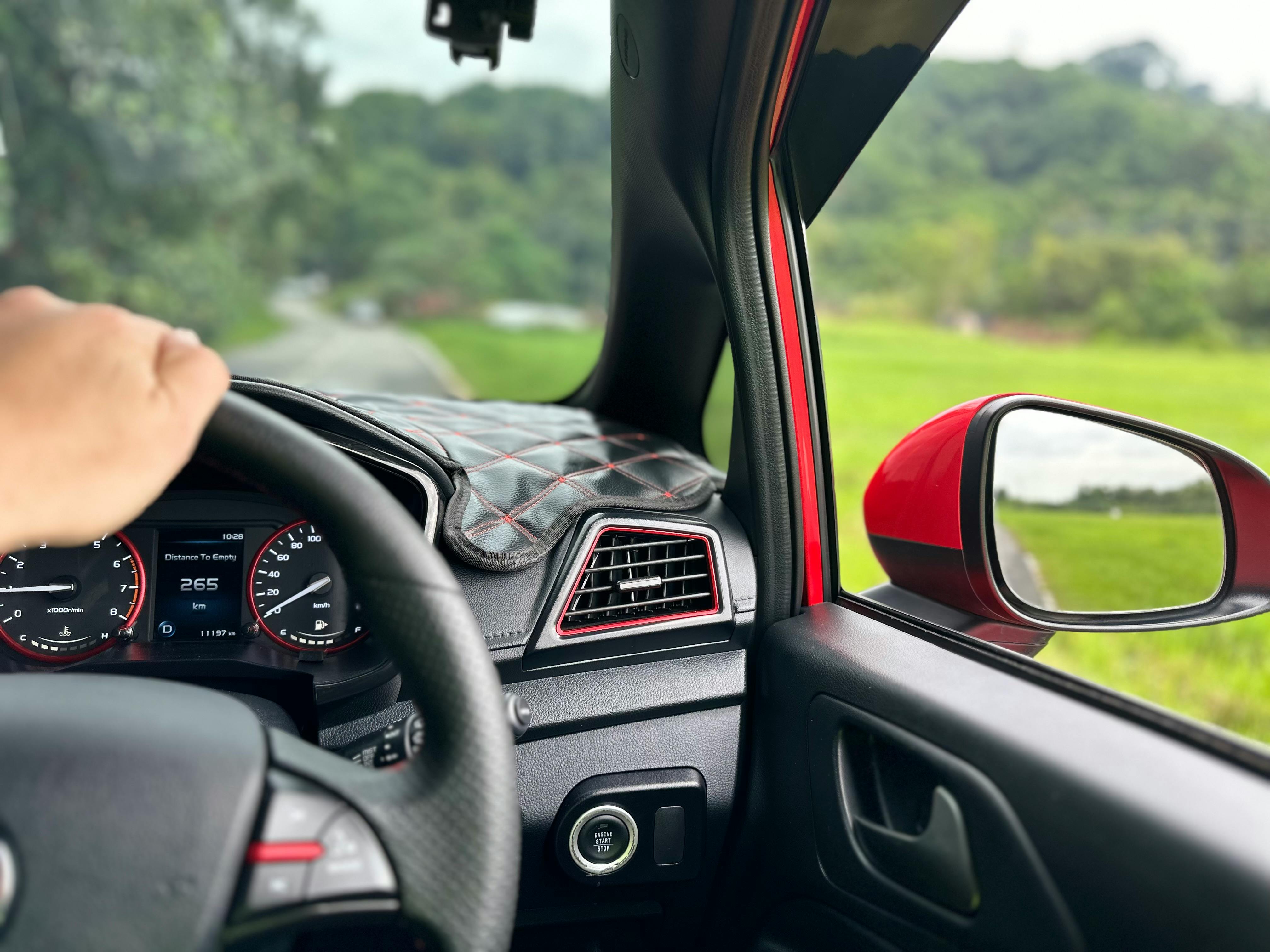Petrolheads, rejoice! The act of ‘putting foot’ on the accelerator might be more beneficial than you think, as prolonged pressing engages leg and foot muscles consistently. This activity helps stimulate blood circulation and reduces stiffness, which may even contribute to decreasing blood pressure.
Dominic Wyatt, a seasoned motorist affiliated with the International Drivers Association, highlighted an interesting aspect that has sparked various health-related debates.
“Driving - specifically, the prolonged usage of a car accelerator - might have profound effects on our health, in terms of blood pressure regulation,” he remarked.
This intriguing concept invites skepticism and curiosity alike. How could something as simple as operating a pedal impact your health?

Exploring the Link Between Driving and Blood Pressure
Pressing the accelerator in a vehicle controls the flow of fuel to the engine, with the driver making split-second decisions that affect speed. This task requires not just mental sharpness but also physical interaction, akin to a mild form of cardiovascular exercise. This analogy is significant because aerobic exercises are known to help lower blood pressure.
Regularly engaging the accelerator stimulates neural pathways that foster relaxation and decrease stress, much like yoga, meditation, or deep breathing exercises, which use repetitive movements to soothe the body.

Hankering to get out on the open road - check out our huge selection of pre-owned cars
Additionally, the focus needed to drive can divert attention from stressors, aiding in further blood pressure reduction.
Understanding the Science
In human physiology, intense exercise involving large muscle groups, such as running or biking, highlights the need to balance increased blood flow to muscles with overall blood pressure management to ensure all organs are properly perfused.

Great finance deals can be found here
When a driver operates the accelerator pedal, several factors are at play:
- Mental Engagement: Constant decision-making during driving enhances cerebral blood flow.
- Physical Activity: The action of pressing the pedal repeatedly excites the leg muscles, promoting better circulation in the lower body and reducing cardiac strain.
- Stress Management: The concentration required for driving can act as a mental break from daily stresses, which may help lower stress-induced blood pressure elevations.
“It's about being in control, the mind-body coordination that driving demands. It's not just helpful for maintaining a healthy blood pressure but can also aid overall well-being,” explains Wyatt.
Considerations to Keep in Mind
While driving does offer potential health benefits, it should not be seen as a universal remedy for high blood pressure.
Remember:
• Driving in stressful conditions, like heavy urban traffic, might increase blood pressure.
• It does not substitute for a comprehensive exercise plan or a balanced diet.
• Always follow medical guidance and continue prescribed treatments if you have blood pressure concerns.
In summary, regular use of the car accelerator could help in managing blood pressure, but it is best used as an adjunct to a healthy lifestyle.
Tips for Healthier Driving Habits
• Drive mindfully: Pay attention to each driving decision and movement.
• Reduce stress: Opt for less congested routes and times.
• Adjust seating: Correct positioning of the seat and pedals supports better circulation and muscle function.
• Take breaks: On long drives, periodically stop to stretch and relax.
Next time you’re behind the wheel, consider how this everyday action could be steering you towards better health.
Who would have thought driving could be so beneficial for your heart but, drive safely!
Colin Windell
Proudly CHANGECARS











